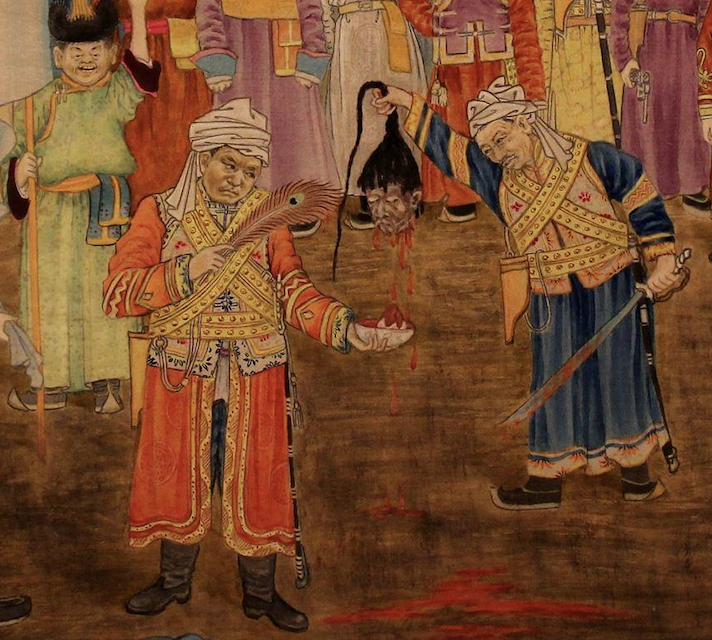
Tuesday 17 May
MIASU, University of Cambridge
Human Sacrifices in Mongolia and Their Rationales
This presentation will argue that neither ‘sacrifice’ in general nor ‘human sacrifice’ are ‘one thing’ in Mongolian social life. ‘Sacrifice’ is a European category that groups together rites that are understood by the local actors to be different from one another. So what have been the diverse rationales that lie behind the sacralised killing of a human being by other human beings in Mongolia? Such physical acts are now part of the historical past, but it will be suggested that they were carried out in the accomplishment of three key rationales that still motivate ritual repertoires in both Buddhist and shamanist forms. These are the distinct logics associated with ‘propitiating’, ‘substituting’ and ‘vitalising’, which are not only conceptually different from one another but involve prioritising different moral values and opposed physical and expressive registers.
